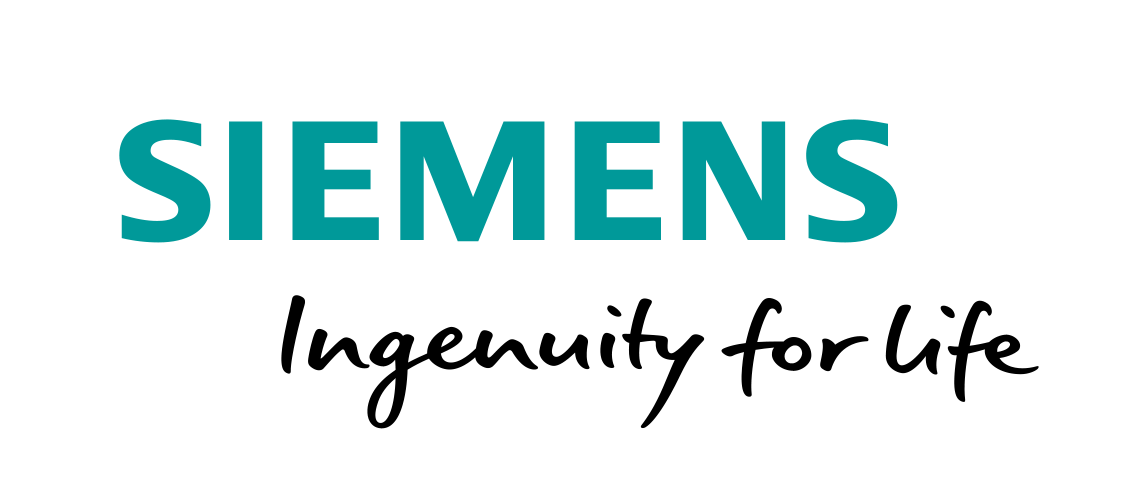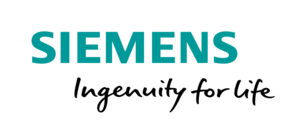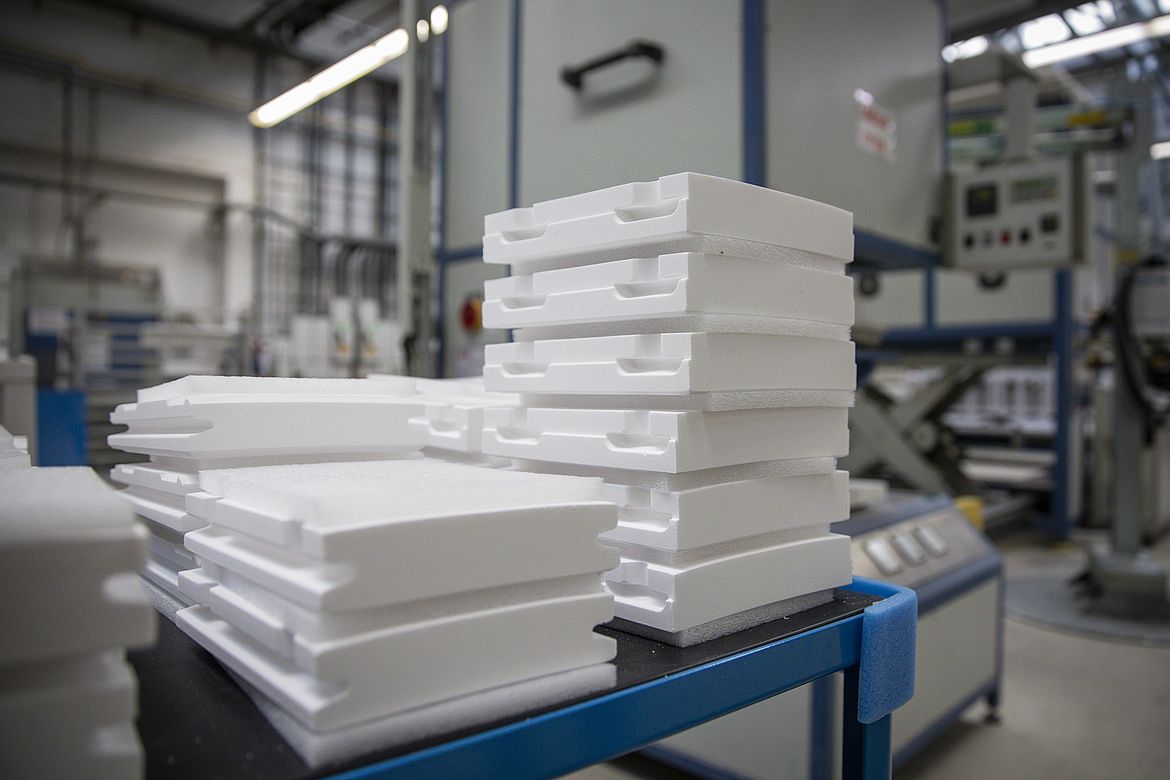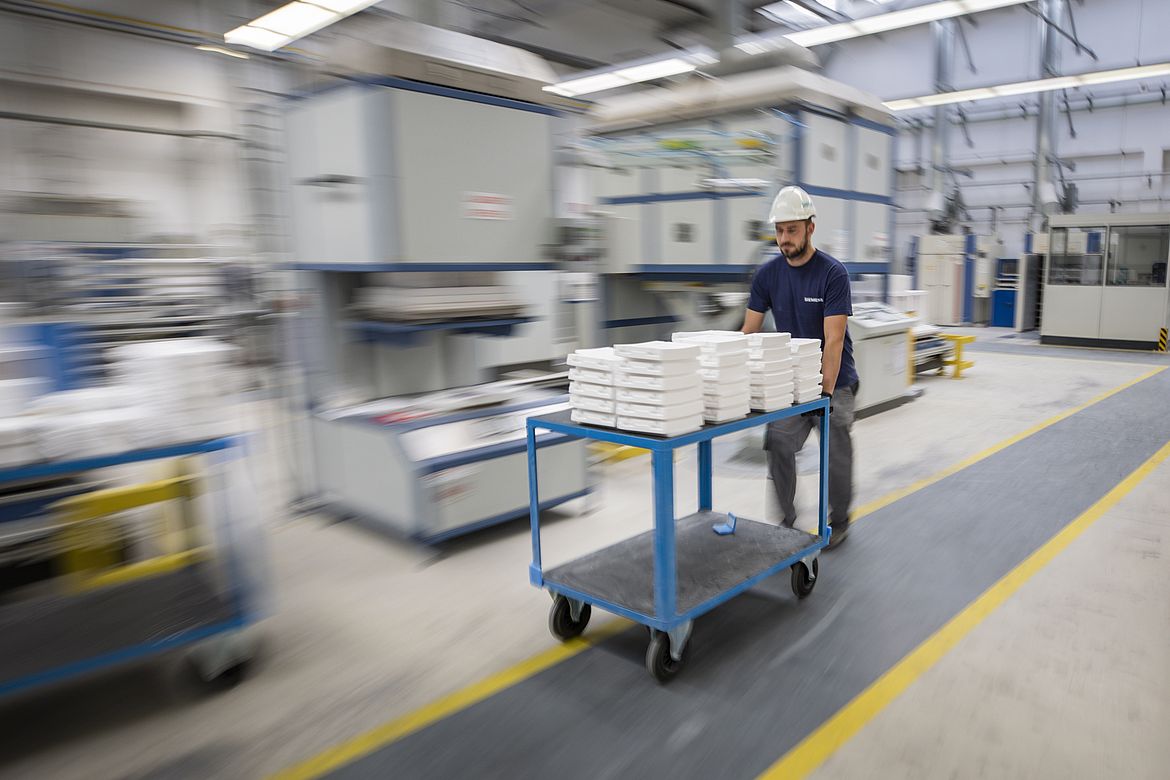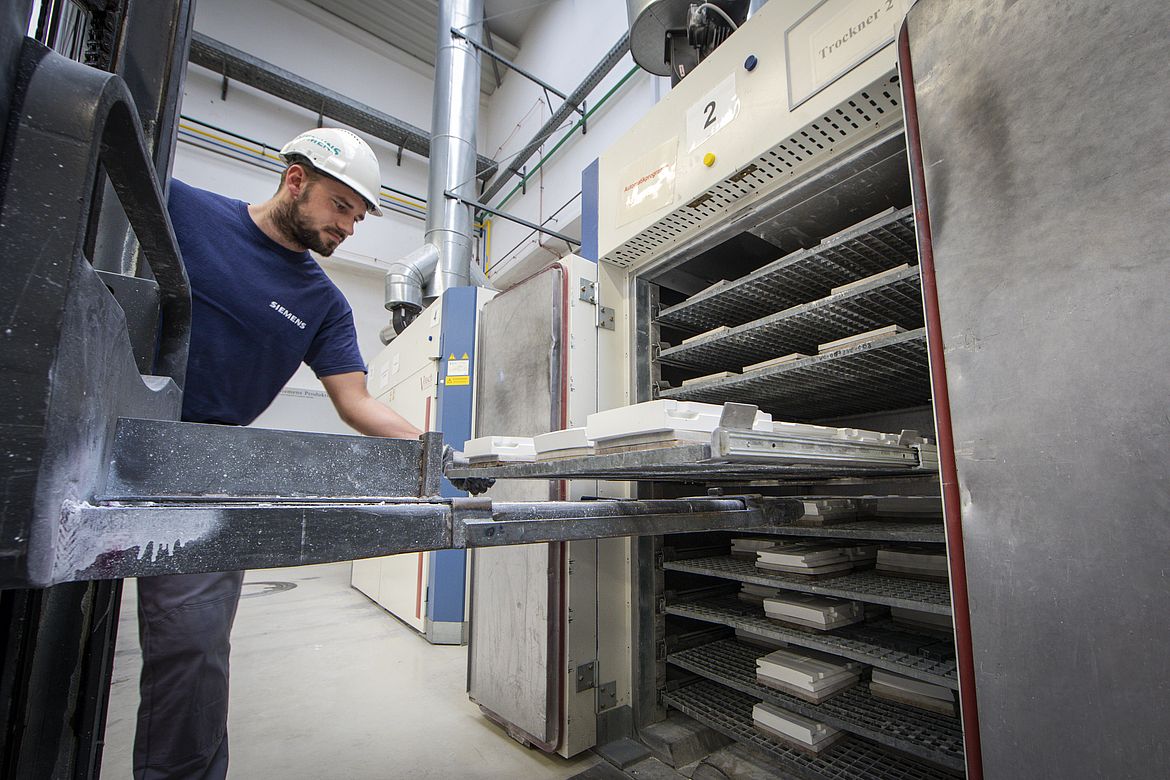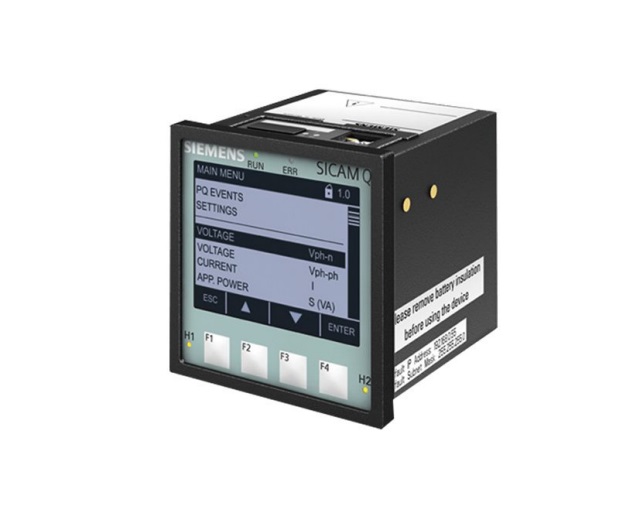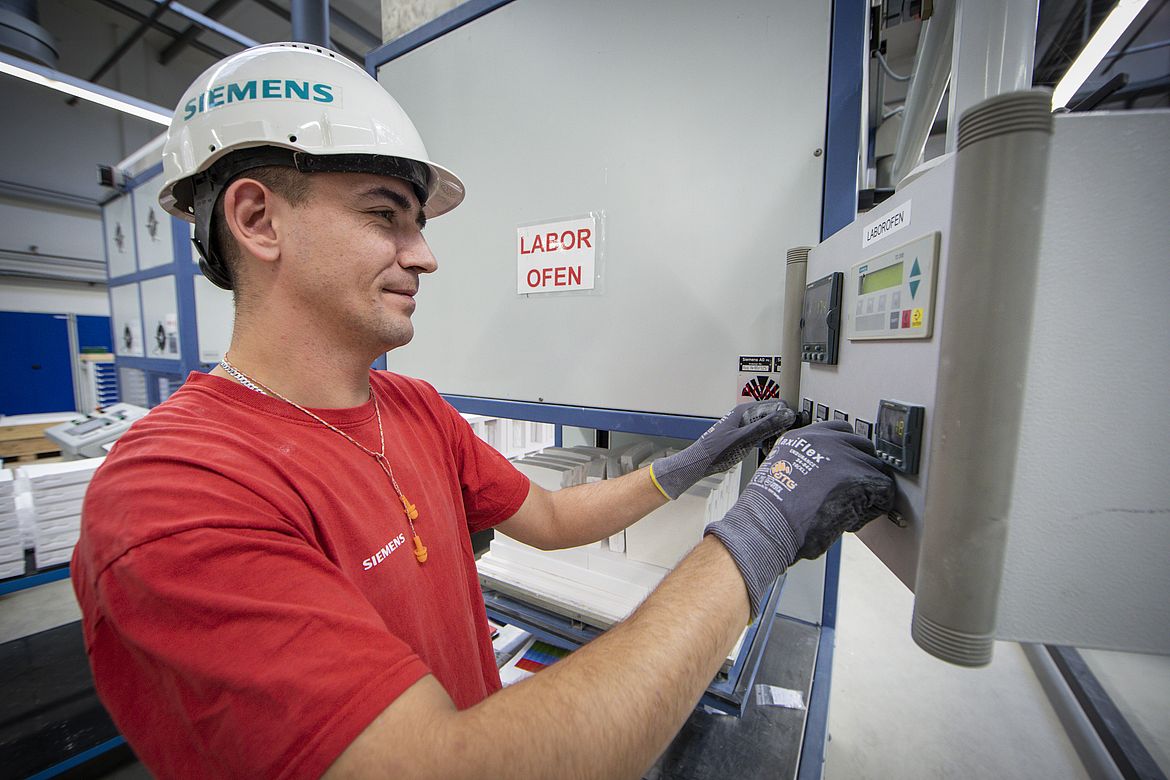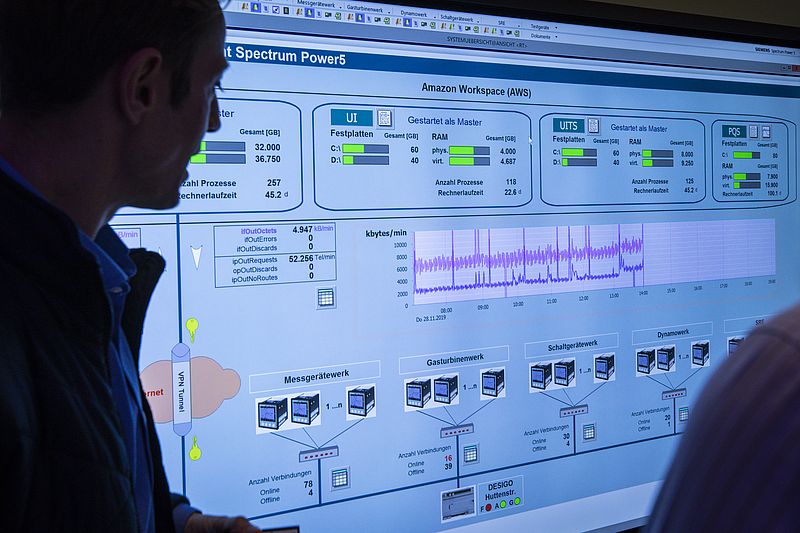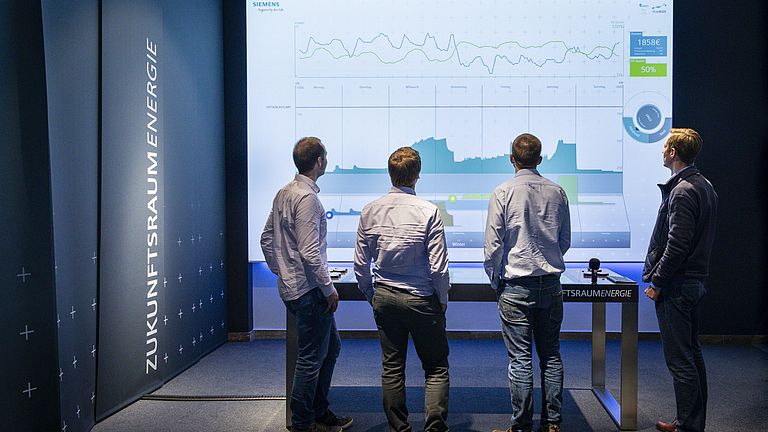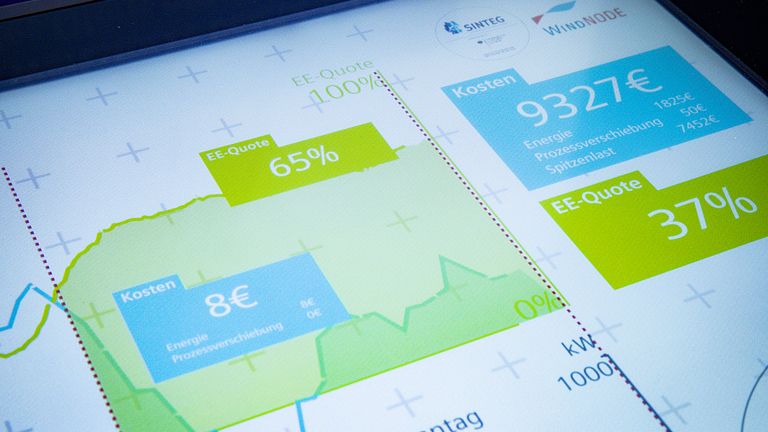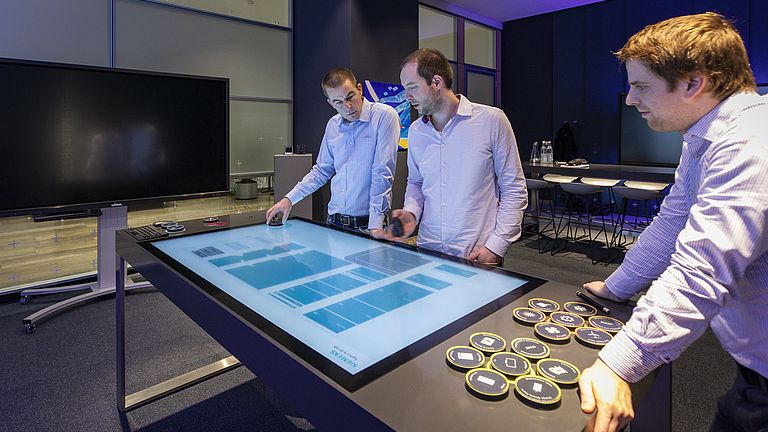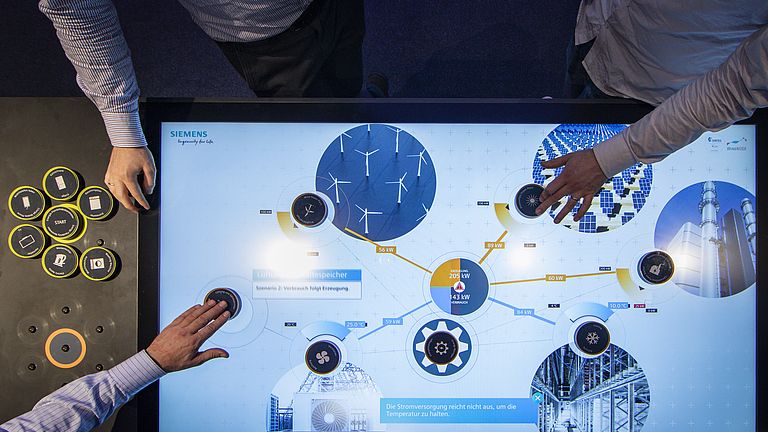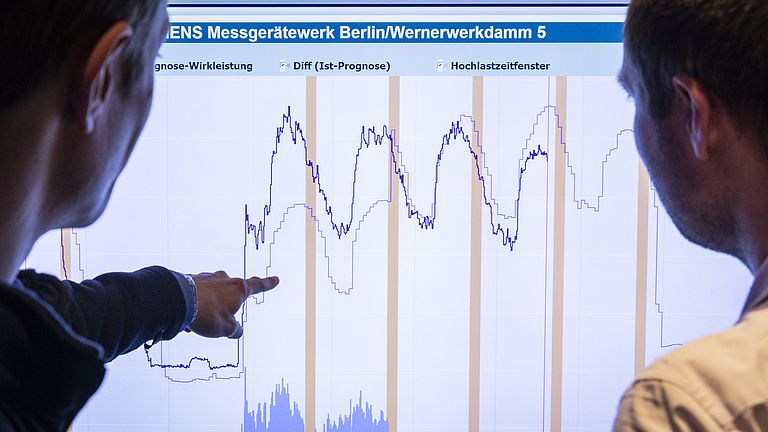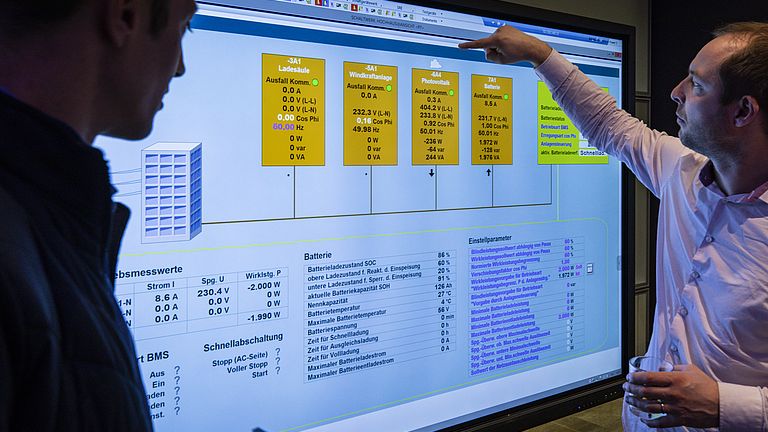‘Controlling industrial load management as a whole’
In its Berlin factories, Siemens is testing how energy-intensive processes can be shifted to times of high renewable electricity supply. This saves electricity costs and helps to better integrate the fluctuating offer from renewable energy sources into the power grid. What is being tested in Berlin can be transferred to all Siemens factories worldwide, as well as be offered to customers.
For “Kiln no. 1”, the weather report could mean shorter weekends in the future. ‘We are studying whether we can move energy-intensive production steps to periods with a high supply of electricity,’ says Rüdiger Thiel, in charge of the manufacturing of ceramic heat shields in Berlin’s Siemens City. Kilns are ideal for this. And if the weather and electricity price forecasts suggest it, the operating time of the kiln could be moved further into the weekend.
Inside Hall A1, Thiel is surrounded by the murmur of electric motors and the hiss of pneumatic installations. In the background, men are carefully filling heavy steel moulds with a raw grey mass: clay minerals of silicon and aluminium oxide. These slugs are dried and then stacked onto pallets as unfired bricks. There, they wait until they disappear into one of the kilns. ‘First, we slowly heat up the bricks for a few hours, after which they are fired at a temperature of over 1000 degrees,’ Thiel explains. That is the high-energy stage. Afterwards, they still need another two days to cool off.
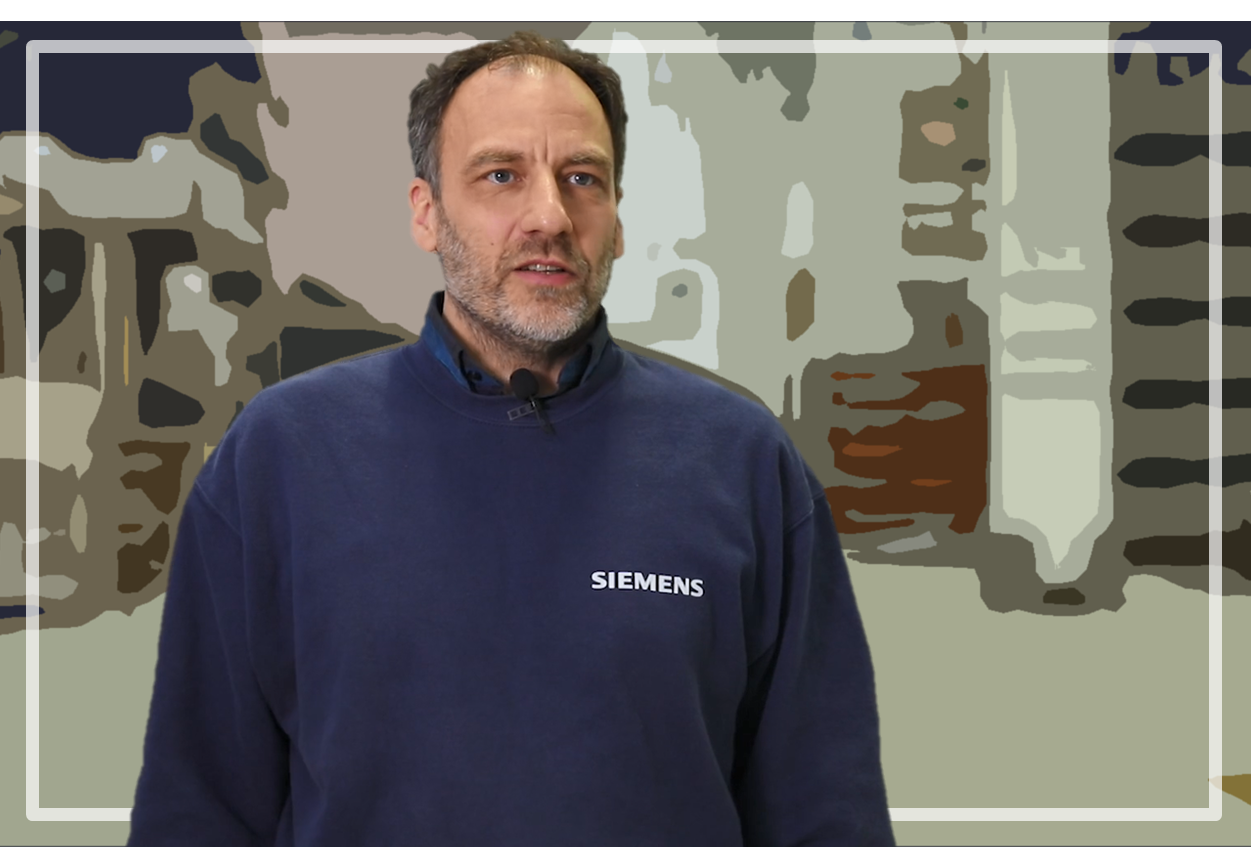
▶ Play
The YouTube video will only load and play after clicking. By clicking the video, you agree to Google's Privacy Policy.
The ceramic shields that Thiel and his approximately 30 employees manufacture here are used in gas turbines, such as the SGT5-4000F: this turbine burns gas or oil and can generate up to 330 MW of electricity. The tiles from Thiel’s manufacturing hall wall its combustion chamber. Thousands of the heavy tiles, each weighing around five kilos, leave the factory each year: individually numbered, tested and accurate to the millimeter.
Firing the ceramic shields is only one of the processes in Siemens’ Berlin factories for which collaborators in the WindNODE research project are studying whether and to what extent such energy-intensive production stages can be shifted. Such flexibilities on the electricity consumption side are one of the central subjects of WindNODE. Identifying and using these could help to better deal with the fluctuating electricity supply from renewable energies such as wind and sun in the future. They already constituted at least 46 % of the Net electricity generation in Germany for 2019.
‘Benefit from favourable electricity prices’
Dynamo factory, meter factory, switchgear factory, gas turbine factory: between Berlin’s Moabit neighbourhood and the Siemens City, the technology group has been running large factories since its foundation in 1847, right here in Berlin. ‘Here, we have studied 29 energy-intensive processes, from the air conditioning to the kiln, to determine whether and to what extent they can be shifted in time,’ says Jörn Hartung of Siemens Corporate Technology. ‘We want to achieve that the Siemens factories benefit from favourable electricity prices and that we simultaneously contribute to the better integration of renewables into the electricity system.’ The potential use for company as well as society goes hand in hand.
The studies by the team around Andreas Hüttner, who works for Siemens Smart Infrastructure and is the WindNODE project leader, have shown that the firing processes in the factories are among the best candidates for “flexible loads”. A kiln draws around 100 kilowatts of power and has an energy demand per firing process of 2000 kilowatt-hours: as much as a Berlin household consumes over the course of an entire year. What’s more, firing processes can easily be shifted by a few hours.
Production always has top priority
Production manager Thiel explains why. ‘We typically start the firing process of several days on Thursday, so that the ceramic tiles can cool off on Sunday, when the factory is closed.’ Whether the employees already fire up the kiln at noon or only at the end of the shift, is of little importance for production.
This flexibility in terms of time can be worth actual money for the company. ‘A few hours of flexibility are exactly what we need,’ says Hartung. A look at the power exchange data of early January proves his point: on a typical working day, the electricity price rises quickly, from 30 €/MWh in the morning to 50 €/MWh three hours later; at noon, it once again drops below 30 €/MWh. [1] This also helps save money.
[1]https://www.eex.com/en/market-data/power/power-indices/auction#!/2020/01/09; accessed 13.1.2020.
Identifying typical processes
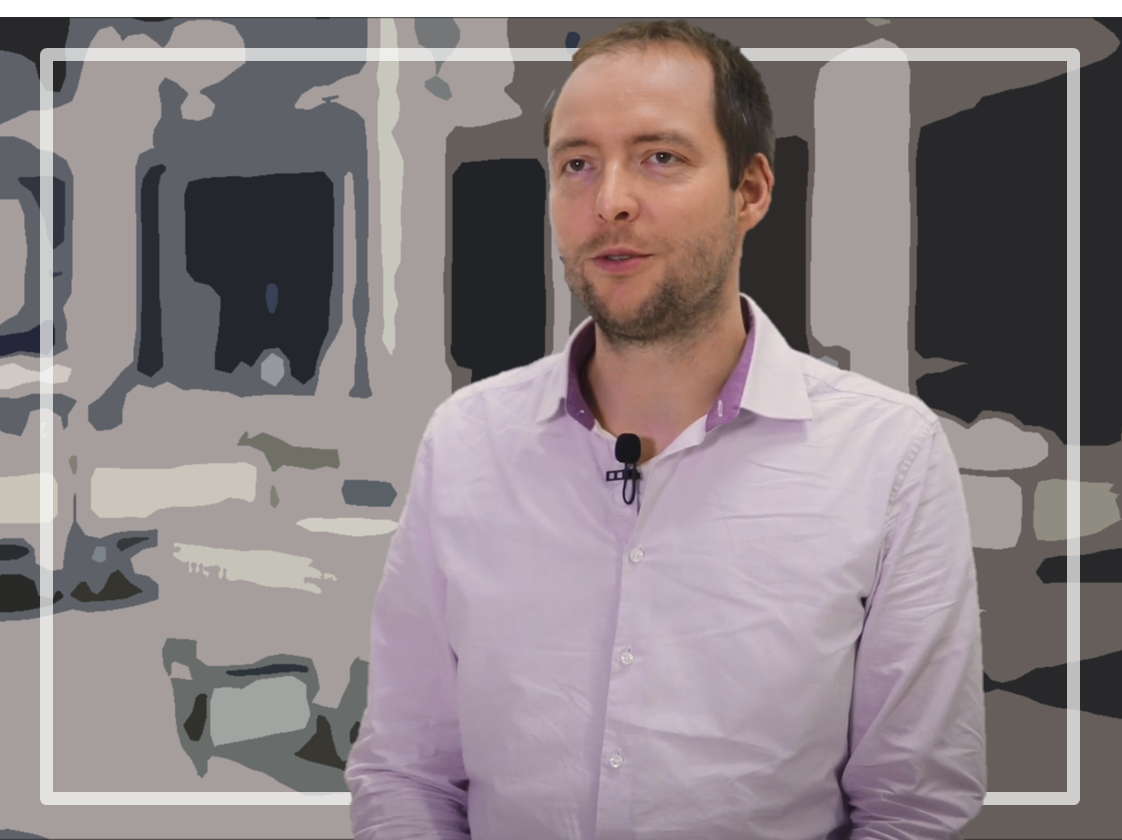
▶ Play
The YouTube video will only load and play after clicking. By clicking the video, you agree to Google's Privacy Policy.
For Hartung, the processes at Siemens fall into three typical categories:
- The mid-range processes: large kilns are not just limited to ceramic production. There are also kilns with a comparable power consumption of up to 100 kilowatts for the production of metal shafts and in the plastic factories. The flexibility is in the range of several hours.
- The long-running processes: ventilation systems, fixed battery chargers (e.g. for forklifts) and smaller test processes have a very low power consumption of only a few kilowatts. The charging and operating times are controlled automatically and can often be shifted by many hours, or even days. Their flexibility is high, but the potential cost savings and grid relief are limited because of the low power consumption.
- The top class processes: a number of large electric motors at Siemens Berlin draw as much power as a small city: up to 5000 kilowatts! In the gas turbine factory in Moabit, the preassembled turbines, weighing a dozen tonnes, are brought to full speed to balance the shafts and hundreds of turbine blades at over 3000 rotations per minute. This is done with large electric motors, which start up and slow down several times. These tests can only be shifted by a few minutes. Otherwise, the employees have to wait too long. Because of the limited temporal flexibility, these processes are not really interesting for different purchasing of electricity on the exchange. Nevertheless, in view of the “peak load limit”, it can be worthwhile to pay attention to the right starting time. Because if the highest load agreed with the local power grid operator is exceeded, this entails high payments.
Air conditioning is already controlled through the grid
With WindNODE, Siemens is laying groundwork: the fact that an industrial company registers how much electricity each individual machine consumes, is already a rarity in itself.
‘In the scope of WindNODE, we have installed around 200 measuring devices in total,’ Sven Weier from Siemens Smart Infrastructure explains. These so-called SICAM measuring devices measure the real-time electricity consumption, count the electricity volumes and provide data about the energy quality at the metering point. The communication with the energy management system goes through the normal LAN network with communication protocol IEC61850 to the Siemens data cloud. ‘Here, we can access all measuring devices and all energy data at any given time; in principle, even all Siemens factories worldwide,’ Weier proudly states. And the devices are not only limited to measuring: they can also control the connected kilns, ventilators and battery chargers. ‘In the scope of WindNODE, we are already switching the air conditioning on and off in a server room. When the electricity supply is high, we cool the room somewhat ahead of time.’ That way, the air conditioning seldom needs to run when electricity is expensive.
In Berlin, Siemens purposely considered “typical” processes for the WindNODE project. After all, there are air-conditioning systems and firing processes in all Siemens factories worldwide. This also makes it clear that in order to make a decisive breakthrough, the systems have to be controlled fully automatically. That is why Siemens has an ISO50001-certified energy management system called “Spectrum Power 5”, which is already being used for the company’s own grid management. In the scope of WindNODE, other functions were developed and expanded by Corporate Technology to plan processes in such a manner that no avoidable consumption peaks are created, or to optimise operation in such a way that phases with favourable renewable electricity are exploited in a targeted manner. This way, the WindNODE research can be transferred to Siemens products via the shortest route.
Integrating load shifting in existing software products
The “Spectrum Power 5” software is an expert system that serves as back end and data archive, so to speak. ‘For user operation we have developed a software that is much more manageable and can be consulted on your smartphone or pc,’ explains IT expert Ingo Bernsdorf from Corporate Technology. In this MindSphere web application, production managers like Rüdiger Thiel can see at a glance what the typical load profile of their firing process looks like and when the energy prices should be at their lowest, based on week-ahead electricity price prognoses calculated by the system by means of an AI application. The app also immediately shows how high the cost savings would be. If the responsible individuals in the factories can furthermore register the energy cost savings for their departments, they do not only have a tool, but also a direct motivation to adapt production according to the weather.
Contribution to the energy transition
Jörn Hartung is convinced that shiftable loads not only lower energy costs in the industry, but can also make a considerable contribution to the energy transition. ‘Even if we only adapt one percent of the electricity consumed in the industry in Germany, we achieve the same effect as 53 million charging processes of electric vehicles,’ according to his projection. Moreover, the flexible but direct electricity consumption has a decisive advantage: the necessary infrastructure, in this case a production facility, is already available, contrary to a battery, and causes neither emissions nor the use of material during manufacturing. There are also no conversion losses such as in the case of hydrogen technology.
In the future, the results from WindNODE should be part of Siemens’ energy management software “Spectrum Power 5”. ‘We want to control the industrial load management as a whole,’ says Hartung. Then, flexible loads can not only be used in the Siemens factories, but for all of Siemens’ industrial customers worldwide.
How does industrial load management work? Visitors can not only witness this in the impressive “ZUKUNFTSRAUMENERGIE” (Future Room Energy) in the Siemens headquarters on the corner of the Nonnendammallee and Rohrdamm in Berlin, but also try it out for themselves. The visitor imagines that he or she is the manager of the Siemens factories in Berlin and always wants to start the most important production processes when there is enough electricity from renewable energy sources available.
In the ZUKUNFTSRAUMENERGIE, they have an interactive table at their disposal: a two-metre touchscreen. Here, one can experience and understand the correlations between the share of renewable energy, electricity prices, grid utilisation and time frames for load shifting.
To that effect, the Siemens experts have analysed the measurements of the WindNODE team in the actual production processes in the Berlin factories. The energy consumption of the firing processes in the production of the heat shields looks like a shark fin: a sharp increase in electricity consumption (and kiln temperature), then a short stop at the highest level and a longer, steadier drop.
There are many such production stages: soldering processes, balancing operations, switch tests and heating processes. All of these can be identified by a typical sample of their electricity consumption. On the interactive table, the visitors can now see a typical working week in the Berlin factories, as well as the price curves for the procurement of electricity for each hour. The task is now to shift the individual processes depending on their “flexibility” so that the electricity costs are as low as possible. One should especially consider that the allowed “peak load limit” cannot be exceeded: otherwise, the costs immediately increase exponentially!
If the visitors want to know what the best solution would have been, they can simply press the “Optimiser”: then, all production processes are put in the perfect place by the computer. In principle, this is also what the Siemens energy management software offers for the own factories and industrial customers in the scope of WindNODE.
However, the ZUKUNFTSRAUMENERGIE can do so much more: together with Christopher Koch of the Department of Energy Systems of TU Berlin, WindNODE demonstrates how the German energy system, which consists of the electricity, heating and traffic sector, reacts to measures: how do the CO2 emissions change if electromobility grows strongly? Or if the CO2 prices are raised? With a controller, each year from 1990 to 2040 can be displayed. Not only the CO2, but also the material demand and other emissions, such as particulate matter and nitrogen oxide are calculated. At the same time, the spread of the energy demand among the traffic, household and industrial areas is shown.
After visitors have delved into these aspects, it will be clear to them that the ZUKUNFTSRAUMENERGIE is more than a splendidly made explanatory model. Laymen and experts can also delve deeply into the debate about the right path for the energy transition using the digital tools provided. The Secretary of State of the Federal Ministry for Economic Affairs and Energy certainly couldn't break away from this magic energy table during his visit.
3 questions for...
What does WindNODE have to offer?
WindNODE enabled us to install approx. 200 measuring devices, which for the first time give us transparency about the exact electricity consumption of different machines and thus provide us with important findings about the specific load curve of dedicated loads and “real-time” total consumption data. This helps greatly in establishing the topic of “flexibility” in the industry and to initiate the necessary discussions between those responsible for production and energy purchasing. WindNODE furthermore promotes the exchange with the university partners and helps us to disseminate the project results in political circles.
Were there any unexpected successes during the project?
We have learned one or two things about the actual electricity demand of the installations and are now able to improve installation settings that are not optimal yet. The measuring devices furthermore help us to monitor the state of individual devices with real-time data.
Where can you see this in action?
The WindNODE showroom ZUKUNFTSRAUMENERGIE in Berlin’s Siemens City is really a highlight that has already fascinated many visitors. We see that school groups and experts are equally excited.
ZUKUNFTSRAUMENERGIE
Location: Siemensstadt, Rohrdamm 85, 13629 Berlin
Open: appointments by reservation, on week days between 9 am and 5 pm.
Contact and reservation: https://new.siemens.com/global/en/company/fairs-events/futurespaceenergy.html
